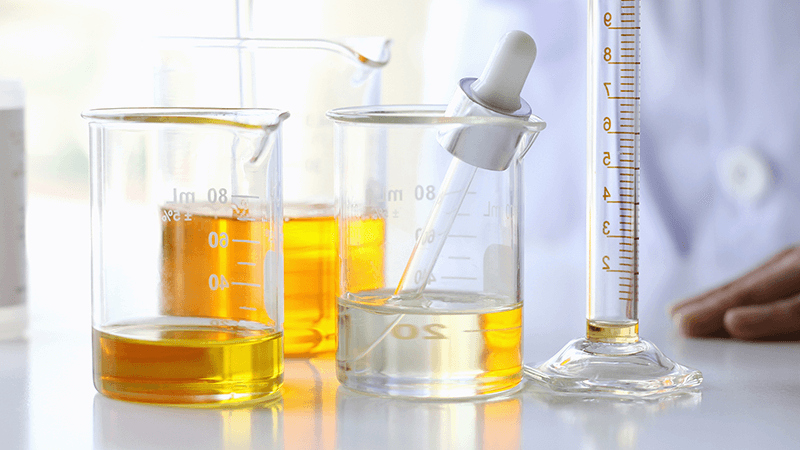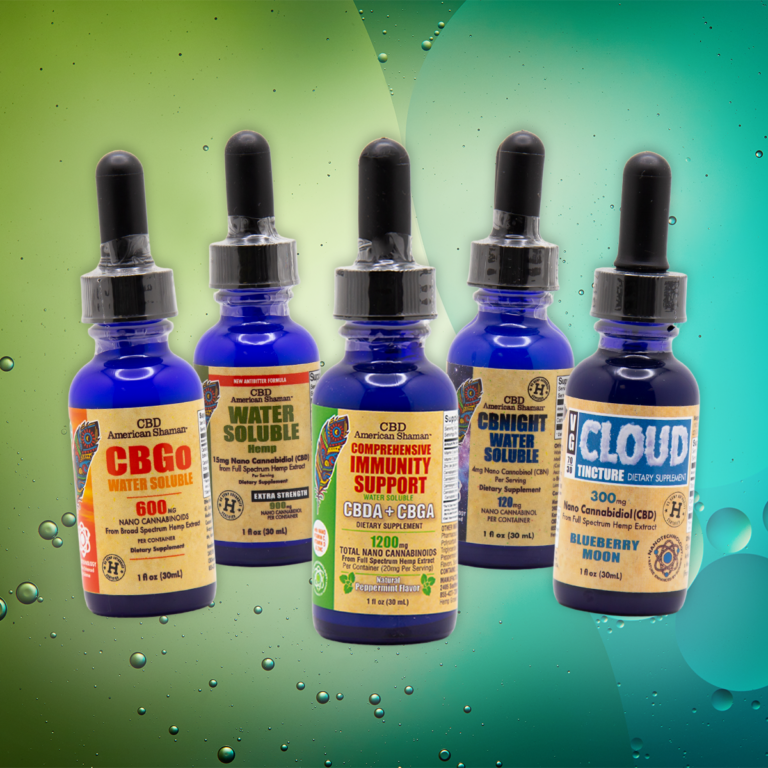How Is CBD Made
Today’s CBD market features a large variety of products and brands that claim a certain level of purity. This level of purity is mostly determined by the way the CBD was extracted from the marijuana or hemp plant. To understand how CBD oil is made and to ensure you are getting the highest quality CBD product, it’s important to know how the CBD was extracted during production. After reading this article, you will understand the main CBD extraction methods and the advantages and disadvantages for each.
CBD Extraction Basics
When extracting CBD, the goal is to filter out any impurities and unwanted cannabinoids. The end product is either a pure CBD isolate or a target of specific cannabinoids to be synergized into an entourage effect.
There are three main methods for extracting CBD: oil, ethanol, and CO2. Some of these methods can be done within one’s own home, but the best methods require industrial level equipment and some expertise. For all of these CBD extraction methods, you will want to find a high CBD cannabis strain or use hemp.
Oil Extraction
Many do-it-yourself marijuana growers use the oil extraction method to create homemade CBD products for personal or commercial use. The oil used in this process is typically olive oil, but mct, coconut, or almond oil can be used as well. This is the easiest, safest, and least expensive method. However, it is not a preferred method for commercial production due to its lack of precision.
For oil extraction, the cannabis product needs to be heated (usually in an oven) in order to activate the chemicals. Next, you would need to add oil to the cannabis product and continue to heat it. At the end of the process, you will have cannabis-infused oil. The final product is perishable and needs to be kept cool.
Ethanol Extraction
Ethanol extraction works by dripping condensed alcohol over plant material to separate the ethanol-soluble compounds. The alcohol is then separated from the extracted material, and the material is passed through a filter which captures any large particulates.
CBD extraction using ethanol can be done with in-home equipment, or it can be scaled up using expensive industrial-level equipment. Using industrial-level equipment provides higher control and accuracy over the extraction process.
This method is safe and potentially cheap. However, the downside is that depending on the temperature of the ethanol, some end-products may not be possible. For example, using heated ethanol prevents the ability to produce shatters, and boiling ethanol sometimes dissolves desired compounds such as terpenes. Additionally, ethanol extraction often requires reprocessing, which can drive up the cost of production.
CO2 Extraction
A CO2 extractor usually consists of three main components: an accumulator, extractor, and separator. It works by heating CO2 in an accumulator then passing it through an extraction tank that contains the plant material. The CO2 strips cannabinoids from the extractor and carries it to the separator. The pressure and density differences between the CO2 and cannabinoids allows the cannabinoids to be separated from the CO2. The separated cannabinoids are then collected.
This is a simplistic explanation of the process and machinery used. There are several different techniques and types of equipment you can use to achieve varying degrees of quality at varying prices.
Why CO2? Carbon dioxide is an excellent solvent because it is tunable via phase changes (changing from gas to liquid) using different pressures and temperatures. This fine-tuning of CO2 allows you to extract specific constituents from cannabis. Because of this fine-tuning, CO2 extraction is accurate and requires the least amount of reprocessing. Thus, it is also the cleanest method.
A downside to CO2 extraction is that it requires the biggest learning curve and expensive equipment. It is not recommended to try CO2 extraction unless you’re a trained professional.
Which Extraction Method Is Best?
So which is the best extraction method? Many CBD enthusiasts seem to be on the fence over CO2 and ethanol extraction. Both of these methods are far better than simple oil-based extraction due to the accuracy they offer. Ethanol extraction is generally cheaper than CO2 extraction, but CO2 can be tuned for precision. The best method will ultimately depend on the type of products you’re looking for, as well as your level of expertise.
As a consumer, CO2 may be best if you’re looking for an extremely pure isolate or flavor profile, while ethanol may be best if you are looking for edibles and topicals (which are meant to blend with those products so as not to give a ‘grassy’ taste or smell).







